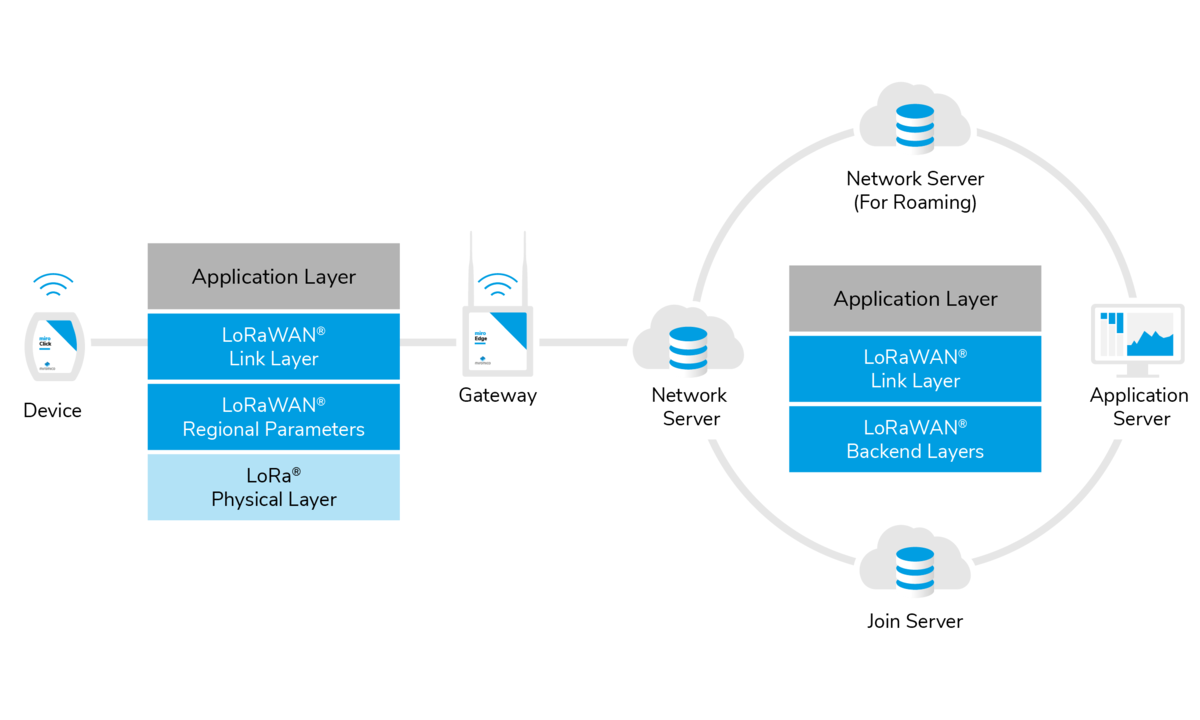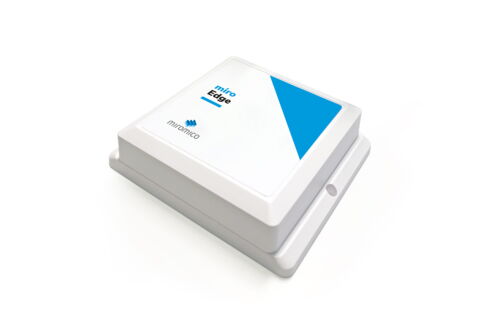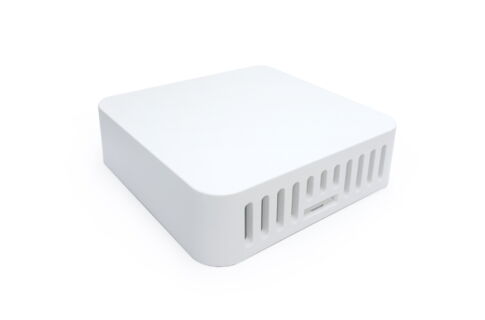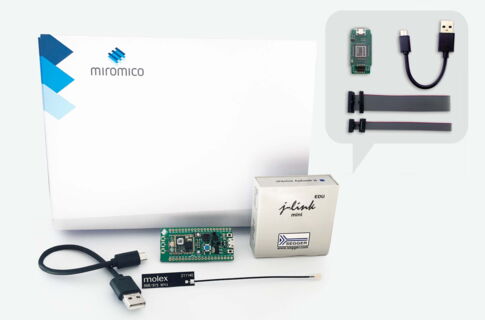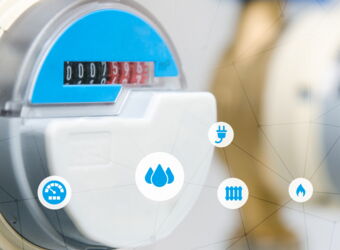LoRaWAN
LoRaWAN® is a Low Power Wide Area Network (LPWAN) often used in internet of things (IoT) applications because of its low energy consumption. The LoRaWAN range of up to 100km in the free-field is based on the LoRa modulation. In cities between buildings this translates to a smaller range, but still much higher than WiFi or Bluetooth. The Sub-G LoRaWAN frequency bands differ from EU (868MHz) to US (915MHz) and other regions of the world. Only the 2.4 GHz LoRaWAN technology can be used world wide, but with a shorter range.
LoRaWAN applications typically connect a large number of sensors over gateways and a LoRa Network Server (LNS) together to a customer application.
LoRaWAN Products
TopLoRaWAN Applications
More and more IoT applications are using LoRaWAN solutions because of their long range, low power consumption and scalable production.
Top
LoRaWAN Range
LoRaWAN® Success Stories
LoRaWAN GPS Tracker
A research group wants to track elephants and find out more about their routes and behavior. They fix a LoRaWAN GPS tracker with additional sensors and an accelerometer on the elephant. They have installed fix outdoor gateways in the expected area and mobile gateways on the research vehicles. The LoRaWAN GPS tracker records the location and sensor data and transmits the data to a gateway if in proximity.
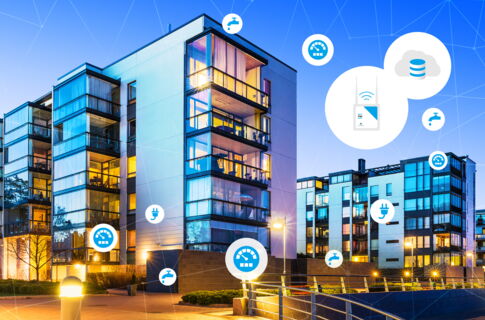
LoRaWAN Water Meter
A facility management company manages many buildings with hundreds of energy and water meters. In order to have real time data and to reduce costs they install LoRaWAN bridges to every meter and a gateway in every building or part of the building.
LoRaWAN Door Sensor
LoRaWAN door sensors or window sensors can be small and easy to retrofit. In a smart home or smart building system they can help to reduce heating/cooling costs, measure ventilation time and start alarm in case of unexpected action.
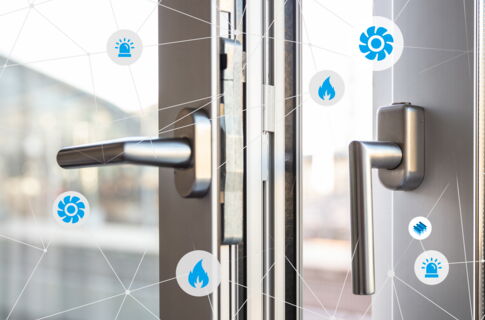
FAQ
The LoRaWAN® protocol defines the time when device can send data and when a device needs to listen for incoming messages. It also defines how often and how long a device can send data. LoRaWAN® is based on the LoRa modulation and can therefore reach a large transmission range with a small power budget. The modulation uses redundancy and is spread over time. Therefore the signal can be reconstructed even if it's below the noise level or even if it's disturbed by a short interference.
LoRaWAN® uses end-to-end encryption. Every payload is encrypted by AES-CTR and carries a frame counter (to avoid packet replay) and a Message Integrity Code (MIC) computed with AES-CMAC (to avoid packet tampering). The application and session keys are stored on the device and the application server. They can even be stored on a secure element programmed through a secure bootloader.
LoRaWAN is a radio protocol on top of the LoRa modulation. In other words: LoRaWAN defines how and when messages are transmitted using the LoRa modulation. The LoRa modulation adds redundancy to the payload and spreads the signal over time. This enables the receiver to reconstruct the message even if the received signal is below the noise level or an interferer was present for a short time.
Use LoRaWAN for low-power and long range applications with a low throughput. Typically a LoRaWAN sensor sends the measured data every day or every hour.
The range of LoRaWAN can reach 100km with line of sight. In cities between buildings this translates to a smaller range, but still much higher than WiFi or Bluetooth. That's why satellites can be used as LoRaWAN gateways, which is called LoRa from space.
For further questions on quotation, delivery time,
and device price you can contact us at any time.

